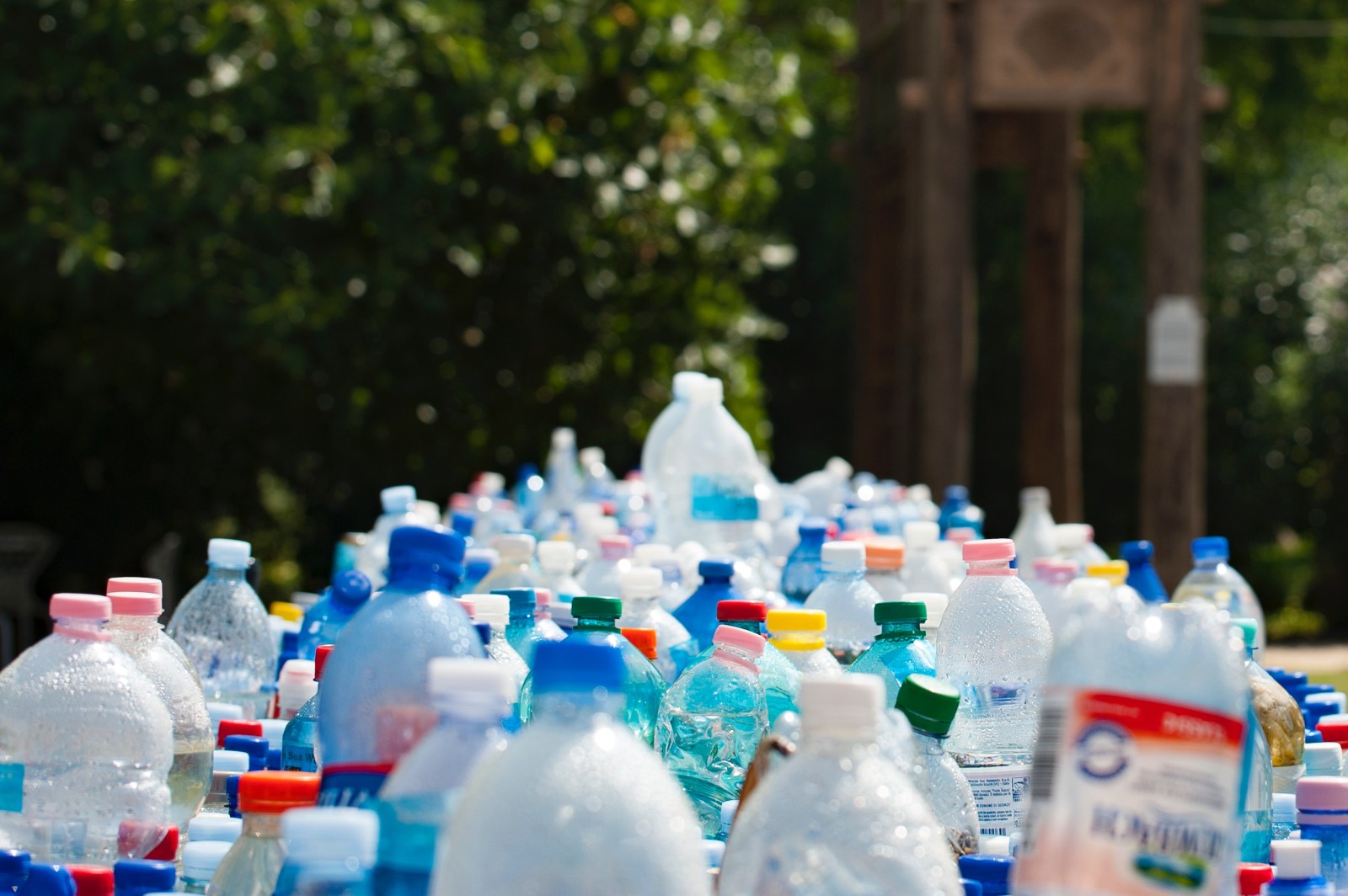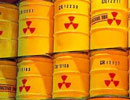The biggest hazardous waste incinerator of Hungary

 The incinerator between Dorog and
Esztergom was built at the end of the 80s for incinerating the
hazardous waste from three pharmaceutical companies. The trial run
was organized in December 1989, the hazardous waste incinerator today
works by 25 000 tons yearly capacity. Primarily it incinerates
solvents, distillation residues, sewage sludge, pesticides, medicines
and polluted working tools.
The incinerator between Dorog and
Esztergom was built at the end of the 80s for incinerating the
hazardous waste from three pharmaceutical companies. The trial run
was organized in December 1989, the hazardous waste incinerator today
works by 25 000 tons yearly capacity. Primarily it incinerates
solvents, distillation residues, sewage sludge, pesticides, medicines
and polluted working tools.Today the incinerator is entirely owned by a French company. There have been serious developments since the beginning but it still can have malfunctions. The Dorog Environmental Association (one of our member organizations) regularly investigates the incinerator together with experts and criticizes the daily operation of the incinerator. Even the location of the incinerator was questioned: the decision-makers did not take into consideration that the inhabitants have been exposed to significant pollution because of the former industrial production.
Some years ago Dorog Environmental Association broke the news that there is hazardous waste stored at the Dorog railway station. As a consequence of the case the owner of the incinerator was fined for 25 million HUF (~1o2 ooo €). The company have been operating for a long time with inaccurate, unsuitable emission instruments. The dust removal equipment of the company did not meet the standards for a long time, so the dust emission exceeded the value limit continuously. The measures were taken only due to the pressure of the public and the municipality. The company does not have the necessary documentation, which is inevitable for the reliable and safe operation. Although the incinerator has the high level ISO 14001 certificate, the slag is not treated in a proper way. After burning 21 000 tons of waste approximately 12 000 tons of solid incineration residue is generated every year. This amount has been landfilled on the slag landfill of the incinerator, in the city area with no respect to the regulations between 1996 and 1998. The landfilled slag has already significantly polluted the groundwater but not yet the karst water. According to a non-public study prepared by experts chlorinated solvents, aromatic carbohydrogens, benzenes, dioxins and different organic compounds can be found in the groundwater, which were proven to be originated from the area of the incinerator.
The management of the incinerator felt for a long time that the continuous public opposition makes them impossible to work properly. The cooperation might have been improved a during the last years as the company and the local NGO made a public contract. According to that the NGO has the right to visit the incinerator with other experts once a week. The emission data are sent to the municipality regularly.
However, there are still problems with the operation of the incinerator. The latest pollution due to the incinerator happened in the summer of 2004. From one of the deposit tanks of the Dorog waste incinerator pollution was leaked out into the Danube and from there to the drinking water of Esztergom. According to the on site investigation technical problem, technological indiscipline and human fault caused the environmental catastrophe in Esztergom.
The
environmentalists expressed their concerns that there were many
malfunctions and the company informed the authority with a
significant delay and did not even let the authorities people into
the site right away. Furthermore information was kept back so the
authorities were not aware of the different pollution materials which
were spilled. Due to the lack of information the prohibition of the
drinking water consumption came into force with remarkable delay. As
a result the inhabitants were drinking the polluted water for many
days.
There is no accurate information on the pollution in the
water, their composition and therefore not even on their impacts on
the human life. The drinking of the water from the pipeline was
prohibited temporarily (the inhabitants could drink water in bottles
only for weeks), and later the restriction was mitigated and
terminated.
The NGOs demanded the following: to suspend the operation of the incinerator until the entire environmental impact assessment, the punishment of the people in charge, the remediation of the damaged environment, compensation of the city and the inhabitants, strengthening the environmental and health authorities in order to be able to prevent stricter the hazardous activities in the future, the cost of it should be paid by the concerned companies, the relevant regulations should be more severe, the municipalities and public should be regularly informed and the municipal and public control of companies with hazardous activities should be implemented.
The operator (ONYX Magyarország Kft.) had submitted a request to the Regional Environmental Inspectorate for additional capacity enlargement in September 2004, just weeks after the serious water pollution occured in Esztergom. Although the authority gave a free way to the capacity enlargement, many NGOs express deep concerns about the company which caused a serious environmental pollution. The increased capacity means that the absolute amount of emitted pollution is increasing, even if the emission is below the value limits. Based on past experiences, the local NGO considers the capacity enlargement as a serious mistake, and is willing to submit and appeal against the enlargement permit.
